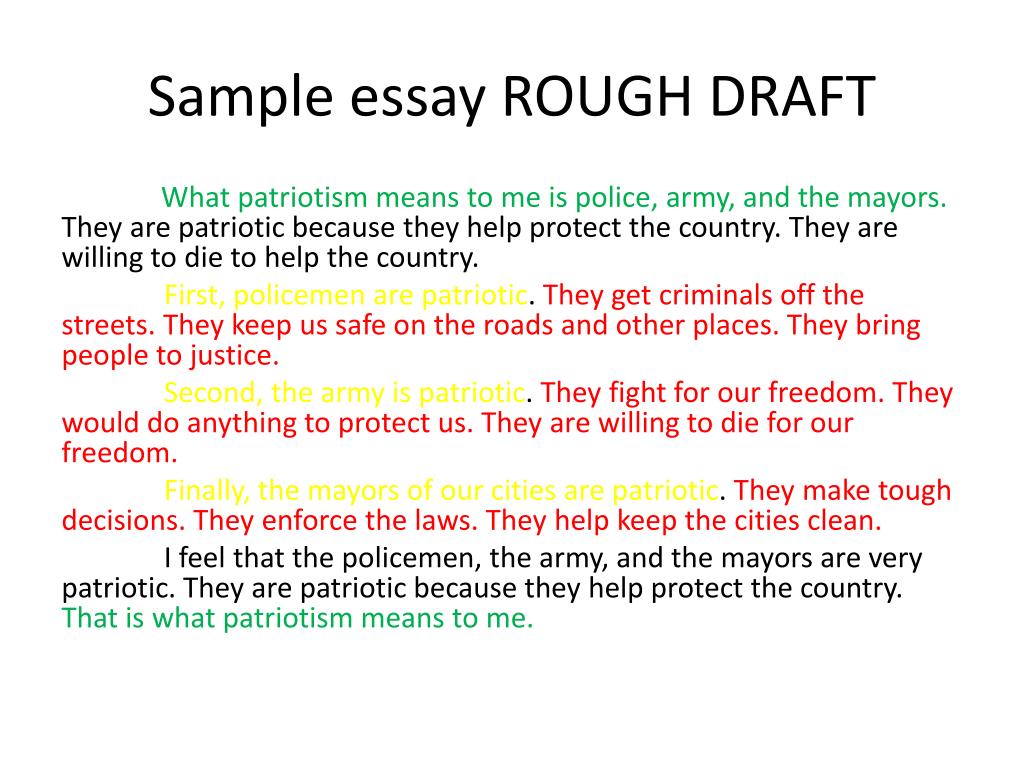

- #Personal narrative final draft how to
- #Personal narrative final draft full
- #Personal narrative final draft series
This is because I am able to learn a lot about where they are in their literacy journey and understanding by what they can write on their own and how they can write it. When my students are labeling, I ask them to tap out their words and try their best with spelling. This is helpful because typically writing a personal narrative will span over many days, so the picture and the label helps them (and me) remember what they’re writing. We talk about how, when we label, we only need 1-2 words. Step 3: Label ItĪfter they have drawn their beginning, middle, and end, I model labeling each of their pictures. This helps them find the words for their story. If possible, it’s really helpful to allow them to pair up with a partner and tell about their pictures. After I model, I have students draw their beginning middle, and end.


This is where picking something that is routine can be helpful- such as getting ready for school.
#Personal narrative final draft series
I talk through each step and we make sure that the series of events are consecutive and go together. Then, I model drawing a beginning middle, and end of a personal narrative. I always tell my students to think about things they do often, such as what they do before and after school, on the weekends, or on special days like birthdays. Planning writing is so important, so we start there. Once we’ve read and retold some narrative stories, it’s time to give it a try. ( Read why mentor texts matter here.) Taking the time to show them good narratives makes it so much easier for them to develop their own. Each time you read a story, have students retell the beginning, middle, and end. Make an anchor chart together for students to refer to. Some of my favorites are Jabari Jumps, Jabari Tries, and Anything by Ezra Jack Keats (because who doesn’t love Peter!).ĭiscuss how every story has a beginning, middle, and end. I personally prefer to read realistic fiction texts. The first step is to spend some time reading some mentor texts together. Okay, so now your students are ready to dive into personal narrative writing. Step 1: Introduce Beginning, Middle, and End with Mentor Texts
#Personal narrative final draft how to
(Learn how to teach your students about basic sentences and going further with sen tences.) If you’re teaching first grade, you can even go a bit further if they’re ready for it.
#Personal narrative final draft full
Do yourself (and their future teachers) a favor, and take at least a full week to develop their understanding of sentences. Sentences– Lastly, before diving into narrative writing, it’s important to spend time teaching your students the basics of sentence writing.The more details students can convey through their pictures, the easier it will be for them to use those illustrations to support their writing. (After all, illustrations enhance the story.) You can explore the illustrations in some favorite picture books, and even take some time to practice drawing different objects, people, and animals. Instead, it’s very helpful to take some time to discuss the importance of illustrations. Illustrations- Although most students are comfortable drawing, we shouldn’t just assume that they are.So, make sure they have a solid letter sound foundation first. This doesn’t mean they can’t draw a picture of a personal experience and have you write a caption for them (which is a valid form of narrative writing), but having them attempt to write their own sentences without a firm letter sound foundation is simply not a great use of time. Instead, it’s more important to focus on strengthening their letter sound, segmenting, and blending skills. If your students can’t yet stretch and tap out some words, they are not ready for this type of narrative writing. Letter sounds– Your students don’t need to know all of their letter sounds, but they need to know enough so they can easily sound out simple words.Here are the things to teach before you dive into narrative writing. Are Your Students Ready for Narrative Writing?Īre your students ready to dive into narrative writing? Before you begin writing a personal narrative, it’s important to make sure your students are already comfortable with a few other things. Here is how to introduce narrative writing step by step in a first grade or kindergarten classroom from a classroom teacher. Still, teaching young children how to write narrative pieces can feel overwhelming. This is because writing a personal narrative, or writing about our own experiences, is often less challenging than other form of writing. Narrative writing is often one of the first forms of writing kindergarten and first grade students do.


 0 kommentar(er)
0 kommentar(er)
